CHANGES IN COVID-19 TESTING METHODS
입력 2022.07.14 (15:04)
수정 2022.07.14 (16:45)
읽어주기 기능은 크롬기반의
브라우저에서만 사용하실 수 있습니다.
[Anchor Lead]
New COVID-19 cases are soaring again. But unlike in the past surges, Koreans respond differently when they experience suspicious symptoms or come in contact with infected people. So how are people getting tested and treated these days? Let's have a look.
[Pkg]
A screening center is busy with people looking to get tested for COVID-19 despite the rain. But several of them had to turn back.
[Soundbite] Kim Hyeon-jeong(Clinic Testing Personnel) : "Many people go home since it's not possible to take a PCR test simply because they have such symptoms as fever, sore throat, coughing or phlegm."
Those eligible for a PCR test at a screening center are individuals 60 or older, with weak immune system, people who came in close contact with their infected cohabitants and those who entered the country from abroad. They must also have a document of proof. If a person tested positive on a self-test kit, he or she should bring the kit. If an individual is not an elderly or has had no close contact with the infected and is only experiencing suspicious symptoms, he or she should visit a neighborhood hospital or clinic and undergo a professional-grade rapid antigen test. However, the individual must pay a fee of about 5,000 won. Once confirmed of having COVID-19, the individual should go into mandatory isolation until the midnight of the seventh day from the tested date. The individual does not have to undergo additional tests until the isolation period is over. A COVID-19 patient can choose to receive either in-person or remote treatment at a one-stop diagnostic center. It is not mandatory to quarantine oneself at home even if a cohabitant is infected. However, the individual must get tested for infection and refrain from going outside.
New COVID-19 cases are soaring again. But unlike in the past surges, Koreans respond differently when they experience suspicious symptoms or come in contact with infected people. So how are people getting tested and treated these days? Let's have a look.
[Pkg]
A screening center is busy with people looking to get tested for COVID-19 despite the rain. But several of them had to turn back.
[Soundbite] Kim Hyeon-jeong(Clinic Testing Personnel) : "Many people go home since it's not possible to take a PCR test simply because they have such symptoms as fever, sore throat, coughing or phlegm."
Those eligible for a PCR test at a screening center are individuals 60 or older, with weak immune system, people who came in close contact with their infected cohabitants and those who entered the country from abroad. They must also have a document of proof. If a person tested positive on a self-test kit, he or she should bring the kit. If an individual is not an elderly or has had no close contact with the infected and is only experiencing suspicious symptoms, he or she should visit a neighborhood hospital or clinic and undergo a professional-grade rapid antigen test. However, the individual must pay a fee of about 5,000 won. Once confirmed of having COVID-19, the individual should go into mandatory isolation until the midnight of the seventh day from the tested date. The individual does not have to undergo additional tests until the isolation period is over. A COVID-19 patient can choose to receive either in-person or remote treatment at a one-stop diagnostic center. It is not mandatory to quarantine oneself at home even if a cohabitant is infected. However, the individual must get tested for infection and refrain from going outside.
■ 제보하기
▷ 카카오톡 : 'KBS제보' 검색, 채널 추가
▷ 전화 : 02-781-1234, 4444
▷ 이메일 : kbs1234@kbs.co.kr
▷ 유튜브, 네이버, 카카오에서도 KBS뉴스를 구독해주세요!
- CHANGES IN COVID-19 TESTING METHODS
-
- 입력 2022-07-14 15:04:29
- 수정2022-07-14 16:45:03
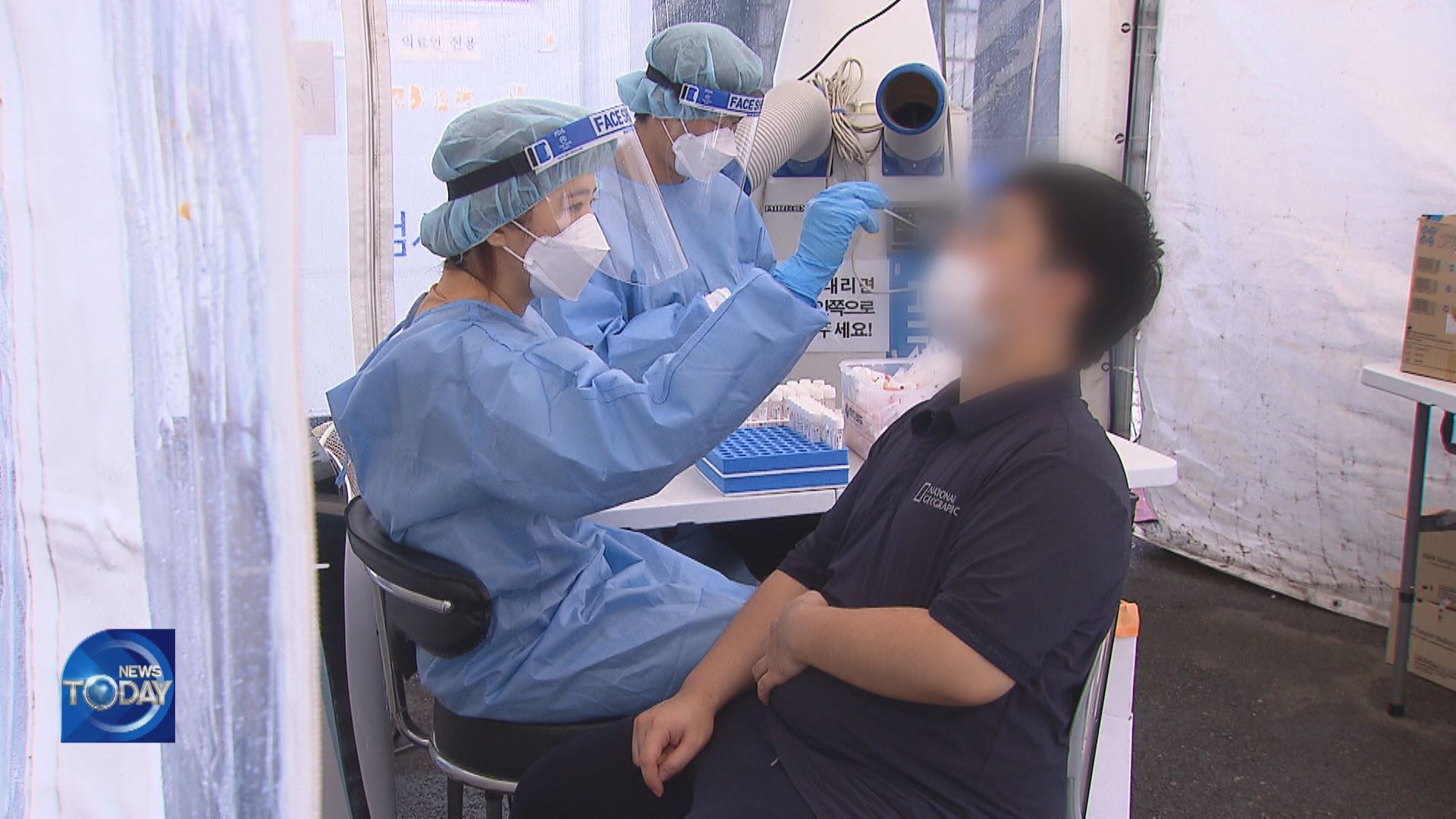
[Anchor Lead]
New COVID-19 cases are soaring again. But unlike in the past surges, Koreans respond differently when they experience suspicious symptoms or come in contact with infected people. So how are people getting tested and treated these days? Let's have a look.
[Pkg]
A screening center is busy with people looking to get tested for COVID-19 despite the rain. But several of them had to turn back.
[Soundbite] Kim Hyeon-jeong(Clinic Testing Personnel) : "Many people go home since it's not possible to take a PCR test simply because they have such symptoms as fever, sore throat, coughing or phlegm."
Those eligible for a PCR test at a screening center are individuals 60 or older, with weak immune system, people who came in close contact with their infected cohabitants and those who entered the country from abroad. They must also have a document of proof. If a person tested positive on a self-test kit, he or she should bring the kit. If an individual is not an elderly or has had no close contact with the infected and is only experiencing suspicious symptoms, he or she should visit a neighborhood hospital or clinic and undergo a professional-grade rapid antigen test. However, the individual must pay a fee of about 5,000 won. Once confirmed of having COVID-19, the individual should go into mandatory isolation until the midnight of the seventh day from the tested date. The individual does not have to undergo additional tests until the isolation period is over. A COVID-19 patient can choose to receive either in-person or remote treatment at a one-stop diagnostic center. It is not mandatory to quarantine oneself at home even if a cohabitant is infected. However, the individual must get tested for infection and refrain from going outside.
New COVID-19 cases are soaring again. But unlike in the past surges, Koreans respond differently when they experience suspicious symptoms or come in contact with infected people. So how are people getting tested and treated these days? Let's have a look.
[Pkg]
A screening center is busy with people looking to get tested for COVID-19 despite the rain. But several of them had to turn back.
[Soundbite] Kim Hyeon-jeong(Clinic Testing Personnel) : "Many people go home since it's not possible to take a PCR test simply because they have such symptoms as fever, sore throat, coughing or phlegm."
Those eligible for a PCR test at a screening center are individuals 60 or older, with weak immune system, people who came in close contact with their infected cohabitants and those who entered the country from abroad. They must also have a document of proof. If a person tested positive on a self-test kit, he or she should bring the kit. If an individual is not an elderly or has had no close contact with the infected and is only experiencing suspicious symptoms, he or she should visit a neighborhood hospital or clinic and undergo a professional-grade rapid antigen test. However, the individual must pay a fee of about 5,000 won. Once confirmed of having COVID-19, the individual should go into mandatory isolation until the midnight of the seventh day from the tested date. The individual does not have to undergo additional tests until the isolation period is over. A COVID-19 patient can choose to receive either in-person or remote treatment at a one-stop diagnostic center. It is not mandatory to quarantine oneself at home even if a cohabitant is infected. However, the individual must get tested for infection and refrain from going outside.
이 기사가 좋으셨다면
-
좋아요
0
-
응원해요
0
-
후속 원해요
0










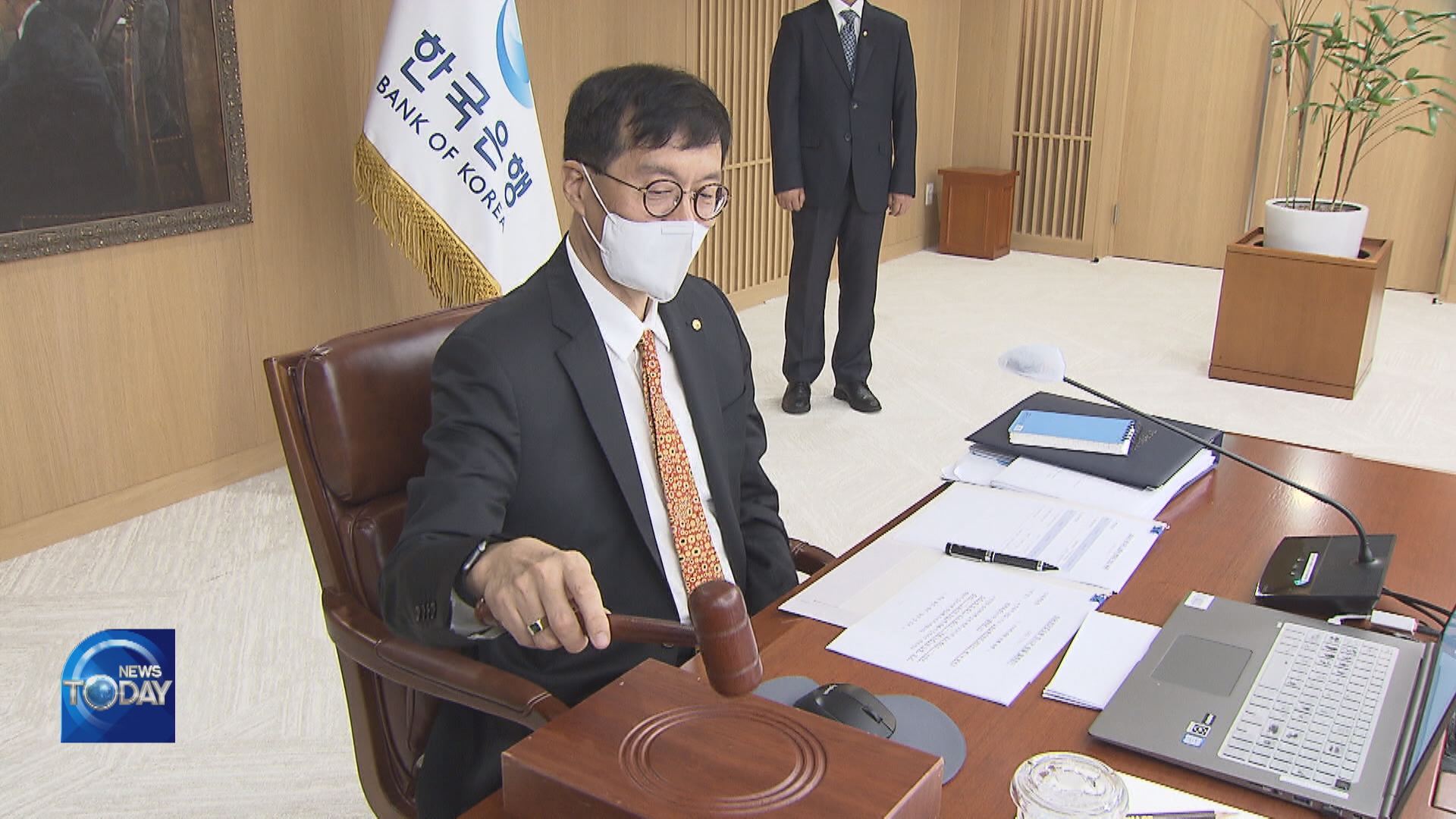
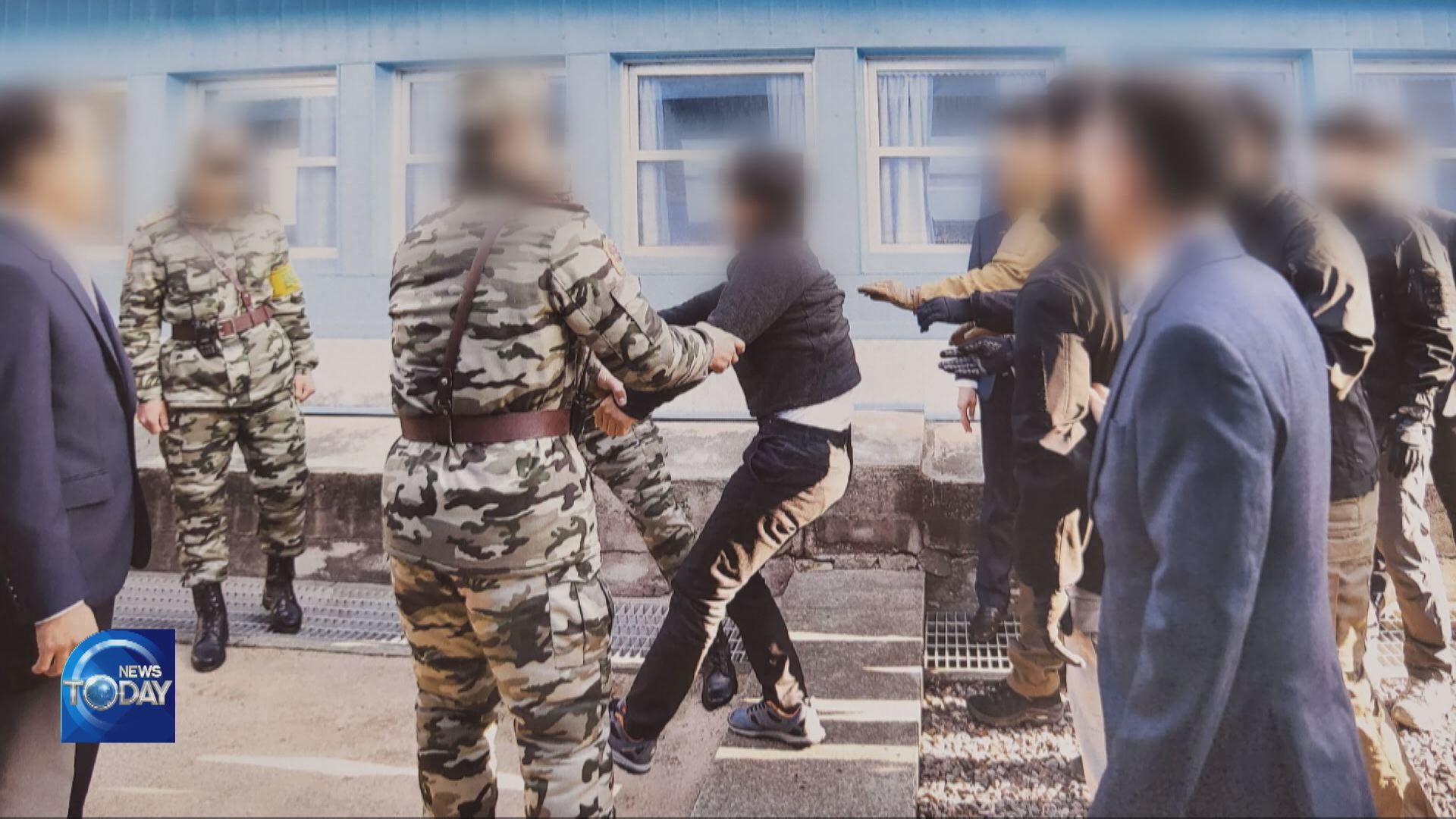
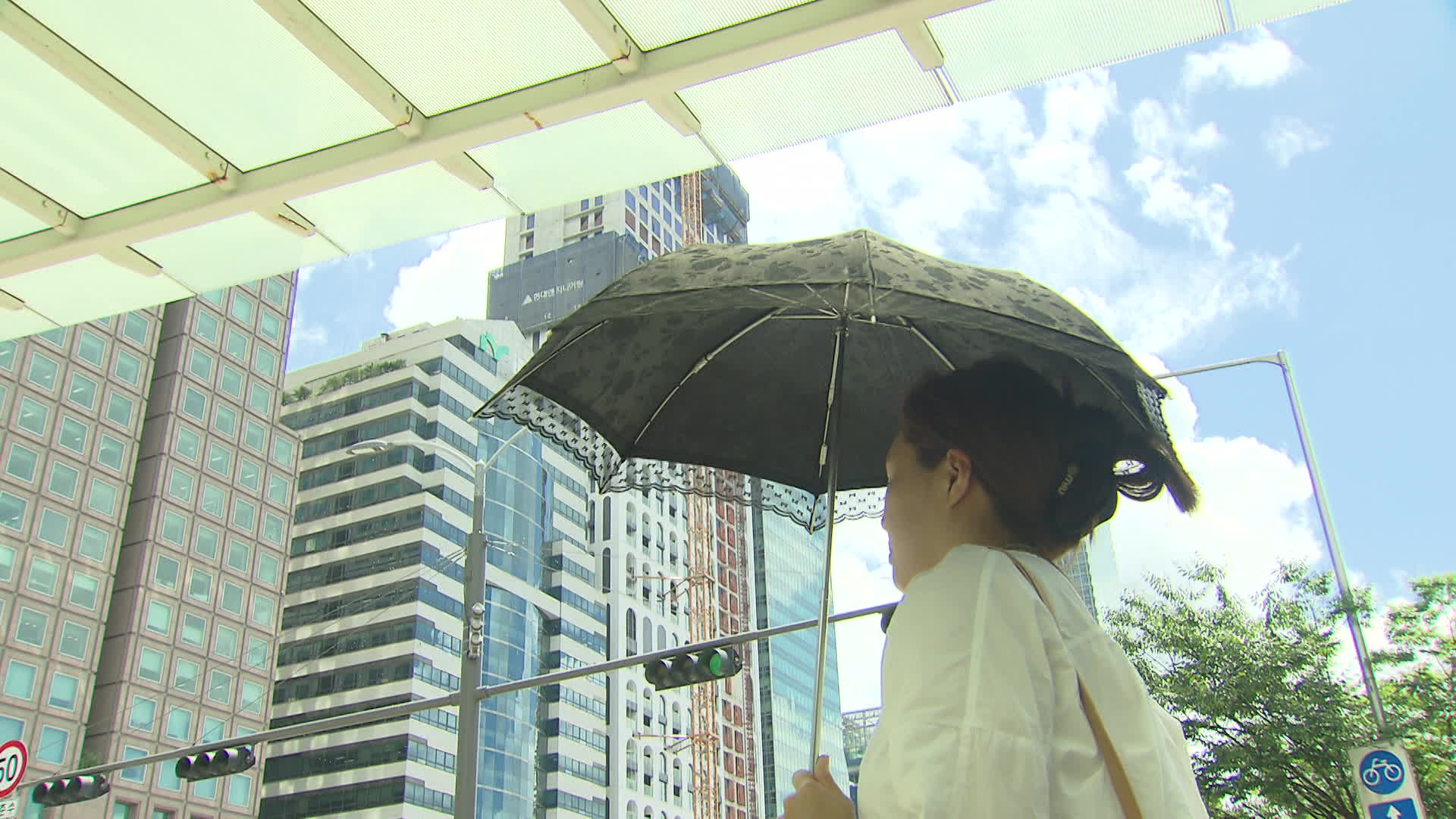
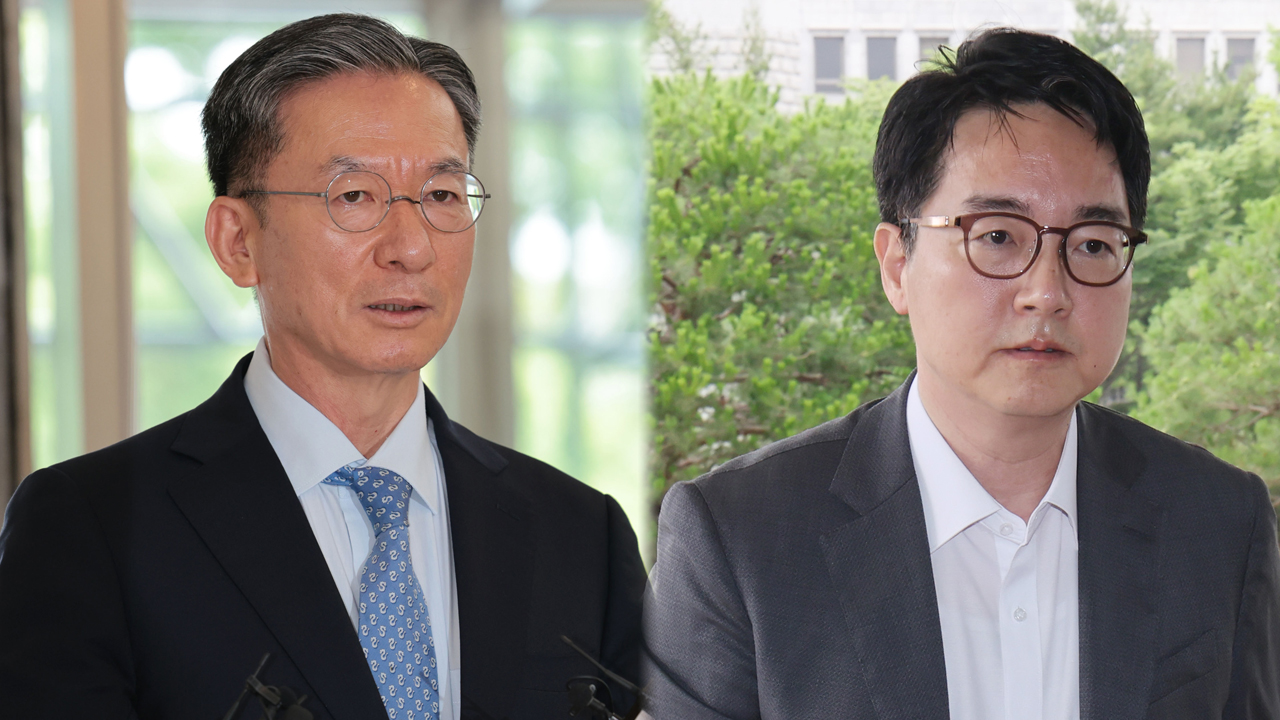
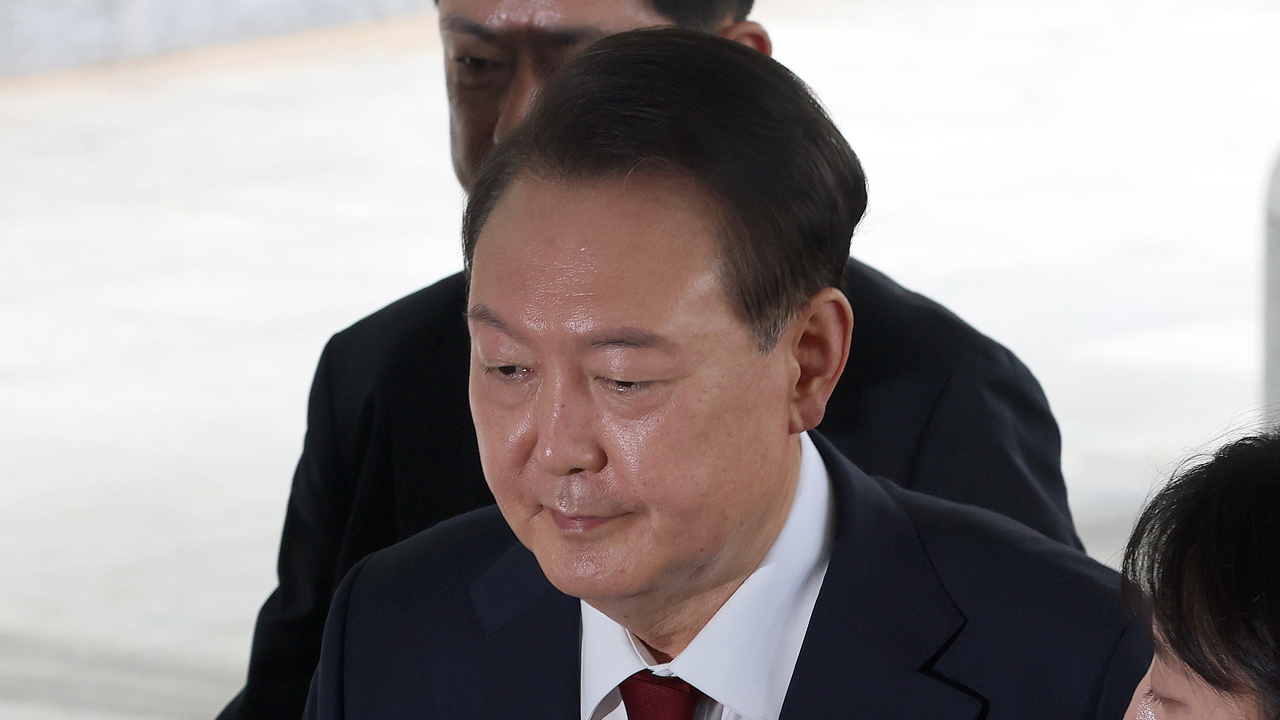
![[단독] 한강버스 운항 두 달 남았는데…일부 공정률 ‘절반 이하’](/data/news/2025/07/01/20250701_LmwC7h.jpg)

이 기사에 대한 의견을 남겨주세요.